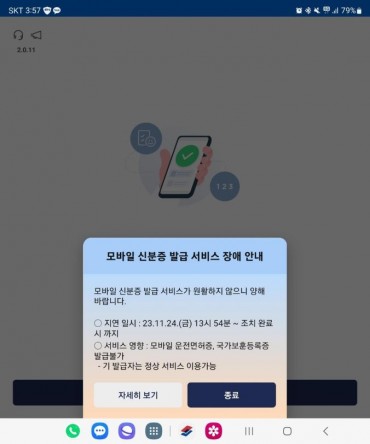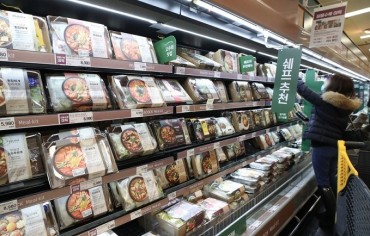
The survey showed men aged 19 and above consumed 231 grams of pure alcohol per week, while women consumed 107.1 grams per week in 2017. (image: Korea Bizwire)
SEJONG, Dec. 13 (Korea Bizwire) — The smoking rate in South Korea has been on a steady decline for both men and women, but their alcohol consumption remains relatively high, a survey showed Friday.
According to the survey by Statistics Korea, 38.1 percent of men aged 19 and above smoked in 2017, while about 6 percent of women aged 19 and above smoked.
In comparison, the figure came to 40.7 percent for males and 6.4 percent for females in 2015, according to the survey.
The data covers those who have consumed more than five packets of cigarettes over their lifetime and are currently smoking.
South Korea’s smoking rate showed signs of decline shortly after the government levied a 2,000 won (US$1.68) tax per packet starting in January 2015.
As of 2018, the smoking rate for high school male students stood at 14.1 percent, while that for high school female students came to 5.1 percent, the survey showed.
The survey showed men aged 19 and above consumed 231 grams of pure alcohol per week, while women consumed 107.1 grams per week in 2017.
Experts said weekly average consumption of more than 100 grams of alcohol for men and more than 70 grams of alcohol for women poses a higher health risk.
Meanwhile, the survey found that the nation’s population is projected to peak in 2028 at 51.94 million, then go on a downward curve.
The graying of South Korea will accelerate, with the number of elderly people rising to 19 million in 2050, or 39.8 percent of the population.
By 2067, the nation’s population is expected to shrink to 39.29 million, according to the survey.
The number of elderly people is expected to account for 46.5 percent in 2065, compared with about 15 percent for this year.
The fast-aging population, coupled with record-low birthrates, could become a burden on the nation’s finances as the cost of health and welfare services for senior citizens increases.
The survey showed that on average six working people have to support one senior citizen in 2015, which is a greater burden on each individual than the comparable figure of 9.9 in 2000.
The figure is expected to further decline to 2.6 in 2030, 1.7 in 2040 and 1 in 2065, indicating that the burden on younger people to support senior citizens will continue to grow.
South Korea’s total fertility rate hit a record low of 0.98 in 2018, a reminder that the nation may face a population decline going forward.
The 2018 figure is far below the replacement level of 2.1 that would keep South Korea’s population stable at 51 million.
It also represents a sharp drop from the 4.53 in 1970, when the government began to compile relevant data, according to Statistics Korea.
(Yonhap)






